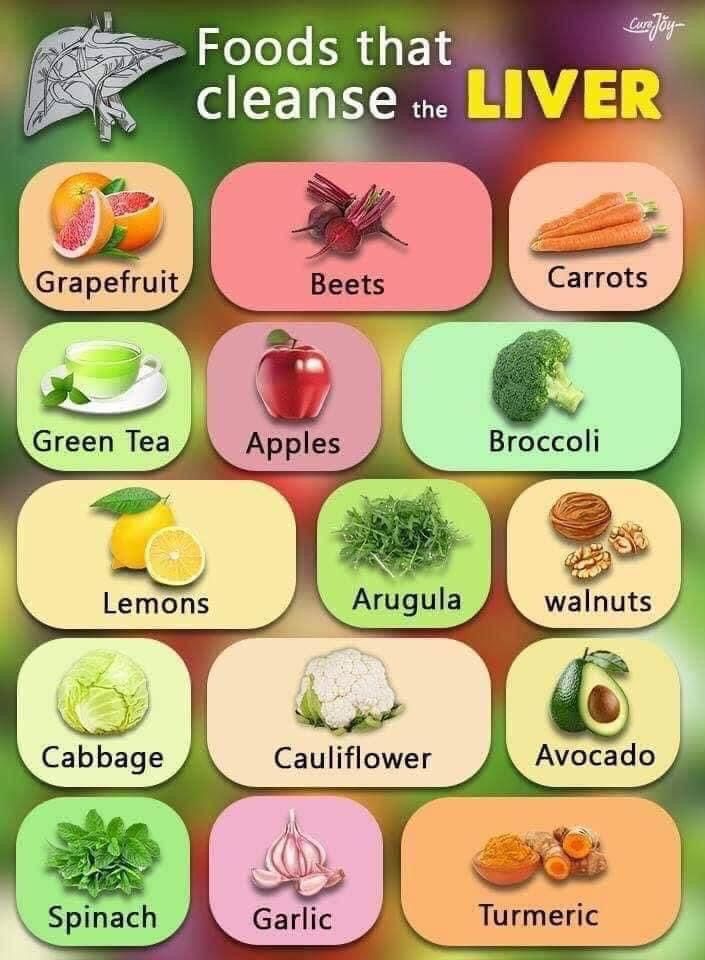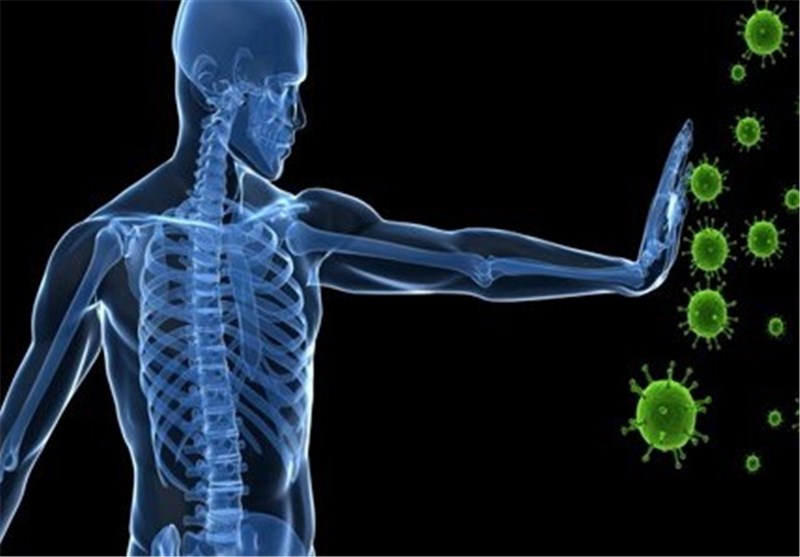Spirulina sun health
Spirulina algae has vitamin supplements in the diet. Spirulina will be introduced as a complete food source in the near future. In fact, one of the most important problems in the food industry is the use of synthetic preservatives and synthetic food additives that increase the risk of cancer. Therefore, today, efforts are being made all over the world to isolate new and safe antioxidants from natural sources. Meanwhile, natural products (secondary metabolites) of cyanobacteria are an important source of new medicinal compounds. Natural products not only have medicinal value, but are also used as building models to create synthetic analogs. The chemical composition of spirulina includes protein (55-07%), carbohydrates (15-25%), essential fatty acids (11%), vitamins, minerals and pigments such as carotene, chlorophyll a and phycocyanin. Since there is a great potential for exploiting this algae and turning it into a food supplement in the production of various edible products such as cookies and biscuits, ice cream and cream cheese, it can be used as the golden key of nutrition. In this article, considering the potential of cyanobacterium spirulina, it has been tried to investigate the structure, life cycle, nutritional compounds, antiviral activity, anti-cancer, anti-inflammatory effects, immunity, anti-nephrotoxicity properties, increased eyesight, weight loss and Blood fat should be paid. It is obvious that the valuable properties of spirulina can be a suitable substitute for many antimicrobial compounds and synthetic antioxidants, which not only have no risk for the consumer, but can also improve the health of consumers. On the other hand, since in this article, the latest achievements on Cyanobacterium spirulina has been reviewed, it is hoped that this article can lay the foundation for the introduction of edible microalgae with healing properties

The use of cyanobacteria in the pharmaceutical and health industries began in the late 1970s, which led to the discovery of new compounds with antiviral, anticancer, anti-HIV, antibacterial, antifungal, and cytotoxic properties in clinical applications. In fact, these organisms are rich sources of secondary metabolites that have interesting applications in terms of biotechnology. One of the advantages of cyanobacteria over other organisms is that their cultivation process is simple and convenient. The use of cyanobacteria in the production of food, fuel, soil fertilization and the production of various secondary metabolites, such as toxins, vitamins, enzymes and drugs are among the applications of cyanobacteria in biotechnology.
In the last two decades, cyanobacteria of the Spirulina genus could produce a wide range of new bioactive compounds with great medicinal importance. Bioactive compounds in this genus have a wide range of biological activities such as antioxidant activities. Antioxidants are substances that prevent or delay the cellular oxidation of oxidizable substances or preserve the quality of foods from the oxidative deterioration of lipids. These compounds exert their effects by eliminating reactive oxygen species (ROS) and activate detoxification proteins or prevent ROS production. ROS include superoxide anion radical, hydroxyl radical, nitric oxide radical and hydrogen peroxide, physiological metabolites.
Small amounts of ROS cause harmful changes in cell function, including lipid peroxidation, inactivation of enzymes, and oxidative damage to DNA. Oxidative damage caused by free radicals may be associated with aging and diseases such as atherosclerosis, diabetes, cancer, and liver disease. Various antioxidant defense mechanisms play an important role in elimination
ROS and lipid peroxidation and thus protect cells against the toxic effects of ROS and lipid peroxidation. For this purpose, many artificial and synthetic antioxidants have been launched on the market.
In fact, one of the most important problems in the food industry is the use of synthetic preservatives. Various sources have abundantly stated the carcinogenic risks of synthetic preservatives, the use of synthetic antioxidants has been greatly reduced due to the fact that they are carcinogenic promoters, this reduction is also evident in the use of synthetic food additives. Therefore, nowadays, efforts are being made all over the world to isolate new and safe antioxidants from natural sources in order to prevent the oxidative degradation of food and also to reduce the oxidative degradation of living cells. For this reason, all laboratory researches in developed countries are in the field of natural preservatives, and the results of these researches are transferred to industrial pilots. Meanwhile, natural products of secondary metabolites of cyanobacteria are an important source of new medicinal compounds.
The use of various artificial preservatives, which have been used for more than half a century to increase the shelf life of food products, has led to an increase in cancer in humans. On the other hand, the high consumption of synthetic antibiotics available in the market, which have been used for more than half a century to treat humans and animals, has led to a significant decrease in the efficiency of a large number of antibiotics due to the evolution of bacterial tolerance. In addition, the number of new antibiotics introduced in today’s world has decreased dramatically, hence the search
It is of particular importance for metabolites with new antibiotic properties of natural origin. Also, the use of synthetic antioxidants has been greatly reduced due to the fact that it increases the risk of cancer. Algae contain a large number of bioactive compounds that can be used for commercial applications. Although the presence of phenolic compounds in plants has been well identified and this group of compounds have antioxidant activities in biological systems, studies show that cancer can be treated with algae extracts due to their antioxidant properties. The global distribution of cyanobacteria is a sign of dealing with a wide range of environmental stresses, which is due to the presence of biologically active compounds within these organisms. On the other hand, the wide use of bioactive compounds, which have been used for treating humans and animals for more than half a century, has led to a significant decrease in the efficiency of a large number of them. In addition, the number of new bioactive compounds introduced in today’s world has decreased significantly, so the search for compounds producing metabolites with new antioxidant properties of natural origin is of particular importance.

Spirulina will be introduced as a complete food source in the near future. Various studies on the chemical composition of spirulina biomass have shown a high amount of protein. These high levels of protein are unique among the microbial world. For example, bacteria such as cellulomonas have a protein percentage of more than 80% and a high amount of nucleic acid. In Spirulina, the nucleic acid concentration is below 5% of dry weight. In addition, its amino acid composition has high biological value and digestibility. Its amino acid composition is high. Spirulina carbohydrates are easily digested due to the absence of cellulose, and the absence of free sugars has made it an ideal food and supplement for the treatment of diabetes and obesity. The lipid composition of spirulina has free cholesterol and is rich in essential unsaturated fatty acids for arteriosclerosis, obesity and high blood pressure. In addition, this algae is rich in linoleic acid, which is an essential precursor for the biosynthesis of unsaturated fatty acids, and therefore has medical applications. Spirulina is a mixture of vitamins H and E, B12, B6, B2, B1, A. It also has 21% thiamine and riboflavin. It has beta-carotene (precursor of vitamin A), which contains 0.1% of its dry weight, which is twenty times more than carrots. The high content of vitamin B12 and folic acid makes it a suitable food source for anemia. Spirulina algae minerals are 12 times higher than iron levels compared to other foods, this algae is rich in magnesium, potassium, iron, calcium and other trace elements that have a great impact on the health of bones and teeth.
Anticancer effects
Chemical drugs used in cancer treatment have side effects, so there is always a need to produce safe, effective and new drugs. Spirulina acts as an anti-cancer agent through its action on the immune system, DNA repair and antioxidant properties. In fact, spirulina polysaccharides protect DNA against radiation in such a way that they activate the enzymes of the cell nucleus and increase the DNA repair process. Likewise, spirulina protects mice against the adverse effects of toxins such as cyclophosphamide by lipid peroxidation and chromosomal degradation. Spirulina significantly reduced the percentage of DNA fragmentation in the liver of animals exposed to aflatoxin.
Spirulina extract is effective against various types of human cancer cell lines such as lung, liver, stomach and breast cell lines due to its antioxidant and immune system modulating activities. The anti-cancer properties of spirulina are due to the production of valuable products and phycobili proteins such as phycocyanin, phycobili protein and allophycocyanin. The presence of large amounts of beta-carotene in spirulina significantly prevents the formation of cell carcinoma by reducing the number of tumors. Water-soluble polysaccharides isolated from spirulina have DNA repair activity and have shown a significant increase in endonuclease activities. In addition, the oral administration of spirulina phycocyanin increases the survival rate of cancer mice. In addition, spirulina extract is not toxic to normal cells; Meanwhile, many strains of cyanobacteria are toxic.
Phycocyanins are the main biliprotein of spirulina, which has both antioxidant properties and destruction of free radicals. Phycocyanin-C is an inhibitor of cycloxinase-2, which causes apoptosis and has anti-inflammatory and anti-cancer properties. The increase of spirulina phycocyanin with CD59 protein in HeLa cells causes apoptosis. Phycocyanin-C by activating apoptosis enzymes and caspase 2,
2, 9, 0, 1, 4 induces apoptosis in HeLa cells. Purified polysaccharides and phycocyanin-C of spirulina affect the proliferation and differentiation of hematopoietic progenitor cells and can reduce the degree of anemia

Immunity effects
Spirulina has vast antioxidant potential, but its true health value has only recently been discovered. Phycocyanobilin, which is a chromophore attached to the main protein phycocyanin, can act as a strong inhibitor of nicotinamide adenine dinucleotide hydrogen phosphate (NADPH) oxidase and is structurally similar to bilirubin. Consumption of spirulina can prevent the occurrence of many vascular diseases such as atherogenesis, high blood pressure and congestive heart failure, cancers, complications of diabetes and a wide range of neurological diseases, fibrotec, or inflammatory disorders and has therapeutic potential. . It should be noted that in the 21st century, the Food and Agriculture Organization of the United Nations (FAO) considered spirulina as an ideal food and supplement.
Effect on vision
Spirulina is rich in zeaxanthin, so it reduces the possibility of cataracts and macular degeneration due to aging. 177 grams of dry spirulina powder containing 74000 micrograms of zeaxanthin acetate. Spirulina dietary supplement increases serum zeaxanthin levels in humans.
Weight loss and blood fat
The prevalence of obesity has almost tripled since 1975. According to the report of the World Health Organization in 2016, more than 9.1 billion adults were classified as overweight; 650 million of them are obese. Globally, an estimated 8.2 million adults die each year from obesity. Obesity is closely related to inflammation and insulin resistance. This problem is due to the secretion of countless biologically active substances from fat tissue, such as adipokines and chemokines, which play an important role in inflammation and atherosclerosis. Although limiting the amount of calories consumed and exercise are the main treatment for obesity. , but spirulina has shown significant benefits in weight loss. Several clinical and preclinical studies have been conducted to investigate the effect of spirulina on weight loss. Researchers tested 52 obese participants with an average weight of 25-97 kg, randomly assigning 2 grams of spirulina per day along with a calorie-restricted diet. while the rest received a calorie-restricted diet for 12 weeks. The results showed that people fed with spirulina diet had significantly reduced weight, waist size, body fat and body mass index. In addition, the amount of triglycerides decreased by 18 mg/dL.
In another study, researchers studied 62 obese people and after administering one gram of spirulina for 12 weeks, a significant decrease in appetite, body mass index, body weight and cholesterol was observed. In addition, high lipoprotein density increased, while triglyceride and bad cholesterol did not change significantly. In another study, 57 obese people with high blood pressure who were being treated with antihypertensive medication were given 2 grams of spirulina per day for 2 months. In people who received spirulina, weight, body mass index, waist size, cholesterol and intercholine decreased compared to those who received drugs. Also, improvement of total antioxidant status and improvement of insulin sensitivity were observed. Researchers have shown that when taking spirulina, the absorption of fats in the small intestine decreases and causes high excretion of cholesterol and bile acid.

What can be concluded from the research is that spirulina will be introduced as a complete food source in the near future. The high level of protein in spirulina is unique among the microbial world. At the same time, its amino acid compounds have high biological value and digestibility. have. It contains essential amino acids in appropriate concentrations. Due to the absence of cellulose, spirulina carbohydrates are easily digested. In addition, the absence of free sugars has made it an ideal food and a suitable supplement for the treatment of diabetes and obesity. The lipid compounds of spirulina have free cholesterol and are rich in essential unsaturated fatty acids for atherosclerosis, obesity and high blood pressure. This algae is rich in linoleic acid, which is an essential precursor for the biosynthesis of unsaturated fatty acids, which has medical applications. In addition, spirulina has 21 vitamins. The high content of vitamin B12 and folic acid makes it a suitable food source for anemia. The minerals of this algae are 12 times higher than the levels of iron compared to other foods, this algae is rich in magnesium, potassium, iron, calcium and other trace elements that have a great impact on human health.
The nutritional properties of spirulina allow it to be used for various purposes, but in many cases its taste is an obstacle to its consumption. Considering the above, combining it with other food items such as making biscuits, cookies, ice cream and cream cheese makes it possible to make a healthy, nutritious and economical product available to people. This is why spirulina cyanobacteria is widely used as a health food all over the world today.
Those interested in consuming spirulina algae or entrepreneurs who want to start a spirulina algae production line should contact the Pars algae dream team










